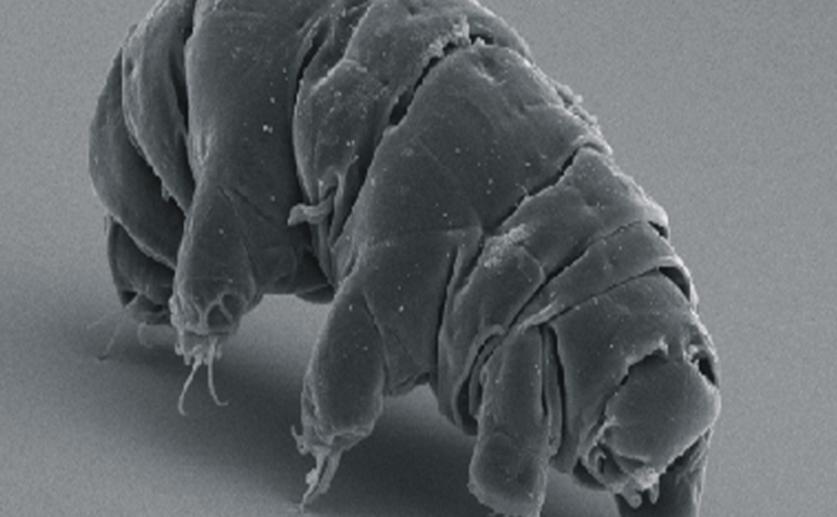
This archived news article is over 5 years old.
Unique Protein from Water Bears Can Protect Human Cells from X-ray Damage
Joanna Lawrence
22nd September, 2016


Joanna Lawrence
22nd September, 2016
